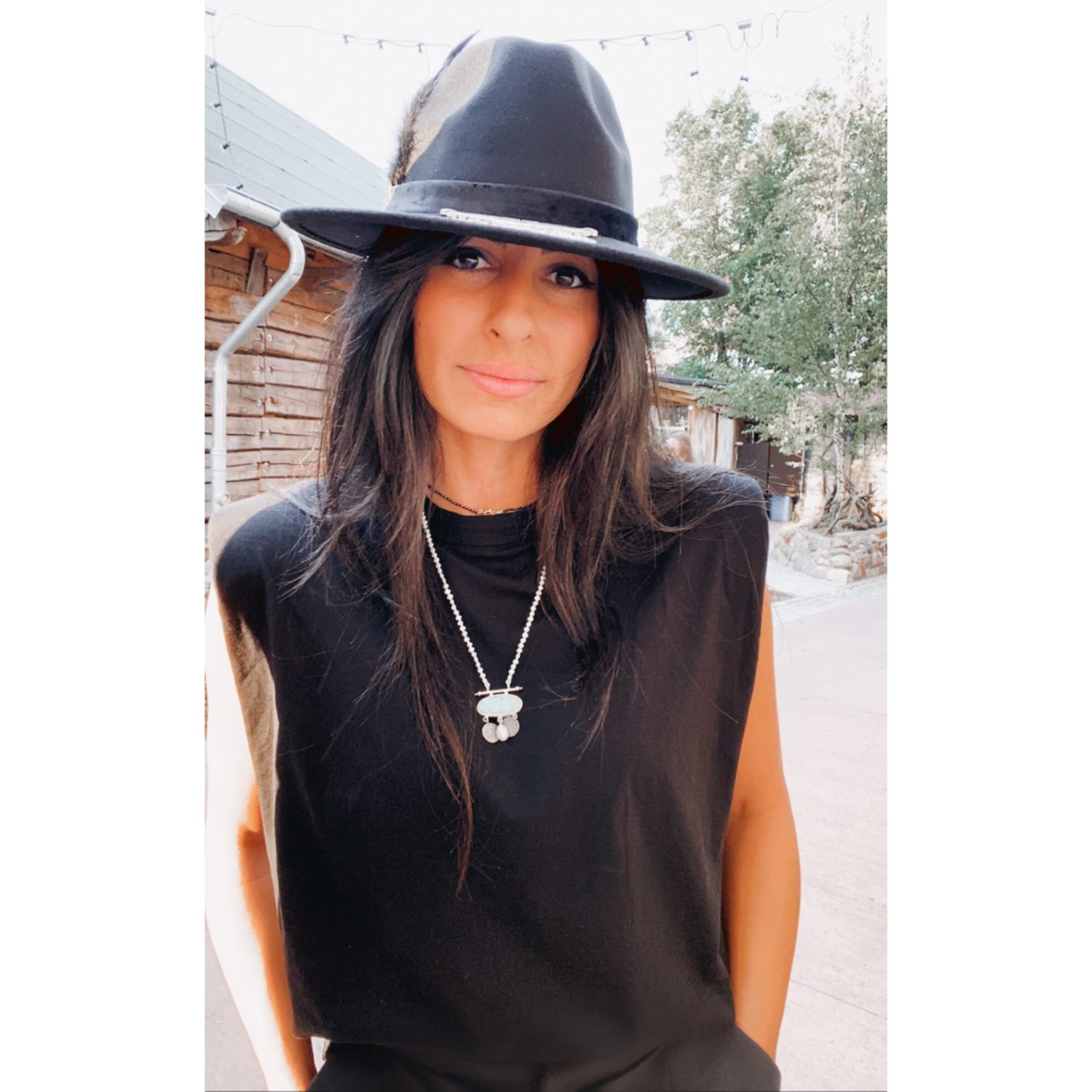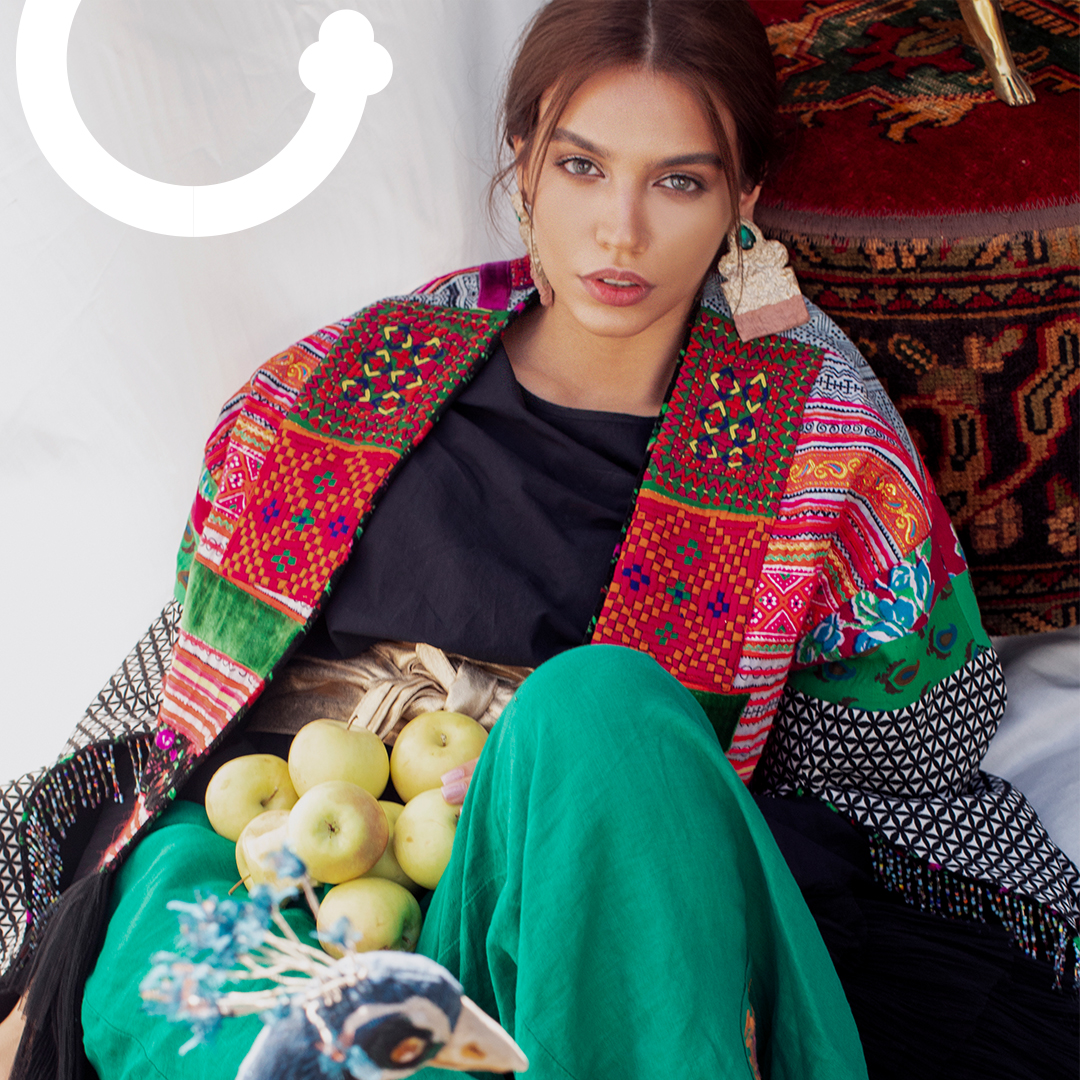Kamelia Adib runs KADIB, an online platform showcasing young Persian design, from her home in Berlin. Here, ancient technique meets contemporary fashion. tipBerlin’s resident style guru, Stefan Sauerbrey, found out what inspired her — and why Persian culture should be celebrated.

Ms Adib, you run an online shop for young Persian designers. How did this idea come about?
I left Iran in 2006 at the age of 17 to study — first in Dubai, then in London. After four years in the UK, I returned to Tehran to set up my first online fashion store for both European designer brands and Persian collections. By this point I had several jobs, a bachelor’s degree, two master’s degrees and a course at the renowned Central Saint Martins for fashion styling under my belt.
In the five years since I have run this platform, I’ve had the pleasure of working with talented Persian designers as well as importing pieces from European brands for the online platform.
What inspired you?
The inspiration for KADIB was sparked by my travels. I would get randomly stopped by people asking me about my outfits, many of which were unique pieces by the Persian designers I worked with for my first online store.
I instantly felt the need to show the world how extremely gifted they all are. I decided to give these incredible talents a voice outside of Persia by using my expertise and experience of both worlds — Persia and Europe — to give them a stage and to showcase them in Europe. This is how Kadib.com — my second start-up and first online store for Persian design in Europe — was born. I then moved to Berlin, where I’ve been living ever since.

We mainly hear about Iran and its politics in the news. What should we know about the design scene in Persia? What role does contemporary design play for the young people there?
To me it’s really interesting to see how young Persians are so up to date with the latest global trends! Right alongside Europe. Most young people meet in public where women must cover their hair and wear ‘manteaus’ (*note from the editor – a kind of coat, large shawl or cape). Only by looking at these manteaus, scarves, shawls, shoes and accessories can you tell which women follow international style trends.
As a result there’s high demand for exceptional fashion and accessories. This, in turn, encourages designers to play with the concept and create bold, unique pieces. Pieces that are meaningful and stand out. Because we’re restricted with fashion in public, designers become more enthusiastic and passionate.
Why should we speak of Persia instead of Iran?
Persians have a rich 3,000-year-old heritage. We refer to Persia because most of our ancient traditions, arts, crafts and techniques come from that time. Many of the pieces in our collections are inspired by the Abbasid and Safavid dynasties that date back to 1501, and we feel they should be seen and experienced as Persian creations.
All the designers you work with are originally from Persia, but not all of them live there now. Where are they based? Do they still have close connections to Persia?
Currently we’re working with about 50 Persian designers located around the world. All the designers that we work with are Persian, with some living and working in different parts of the world (including Europe, the Middle East and the United States). They all have a strong bond with their home country and try to impart its rich culture and heritage into their handmade and one-of-a-kind pieces! These designers are distinctive because they have a lot to say in their designs, taking inspirations from the ancient craftsmanship of Persia.
Are the designs produced in Persia?
The designers based in Persia — which is the majority of our designers — only produce in Persia, creating jobs for rural women who work from home. Some designs and intricate embroidery can take more than 10 days to finish.
Is there a Persian community in Berlin?
Yes, I believe very much so. Though we not tend to live in a particular Berliner Kiez or feel the need to stay among ourselves as other communities might do.
What are your goals going forward? How do you feel about the future?
One of the things we’re focusing on is adding more traditional techniques to our collections by working with women from villages and suburbs in Persia. These techniques include needlework, embroidery and craftsmanship specific to their regions. By incorporating them, we create jobs for these women — and also keep the traditions of these regions alive so the rest of the world can experience them too.
www.kadib.com // @kadibshop
Need more Berlin fashion tips? Here are the best vintage and second-hand stores in town.


